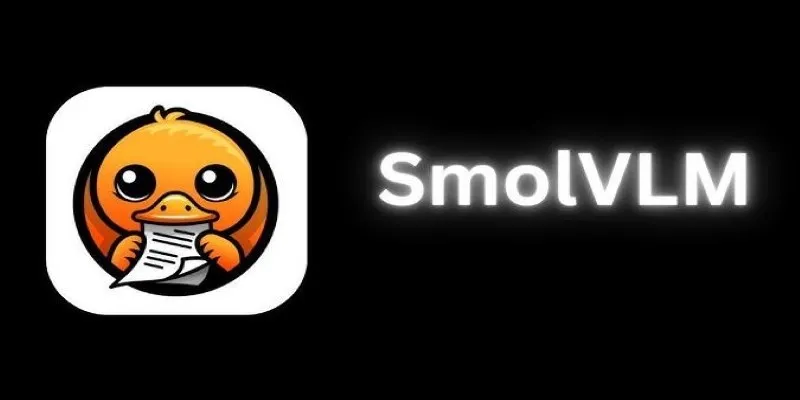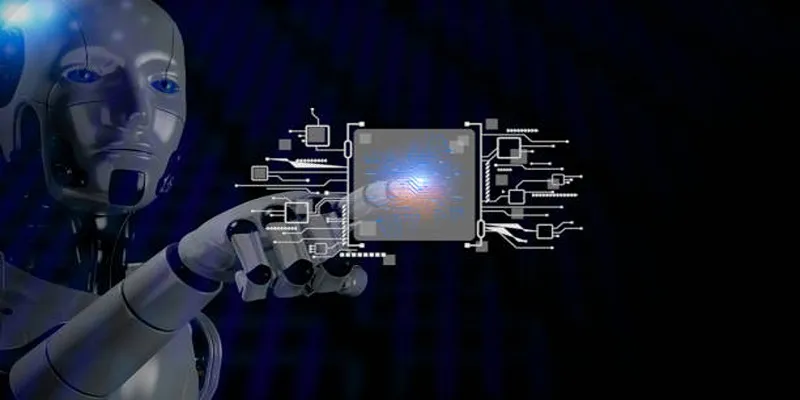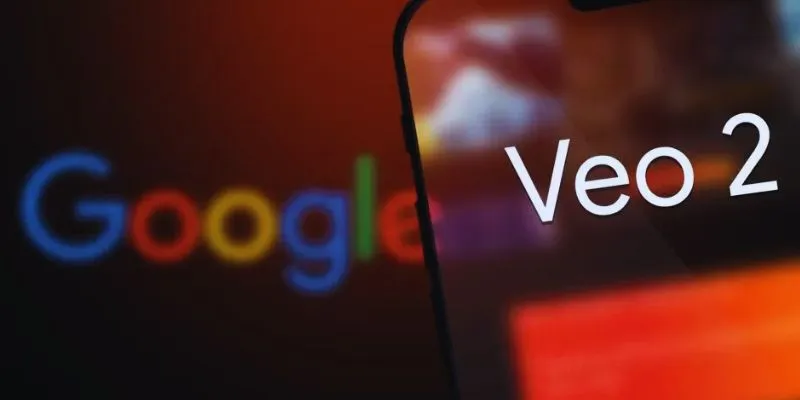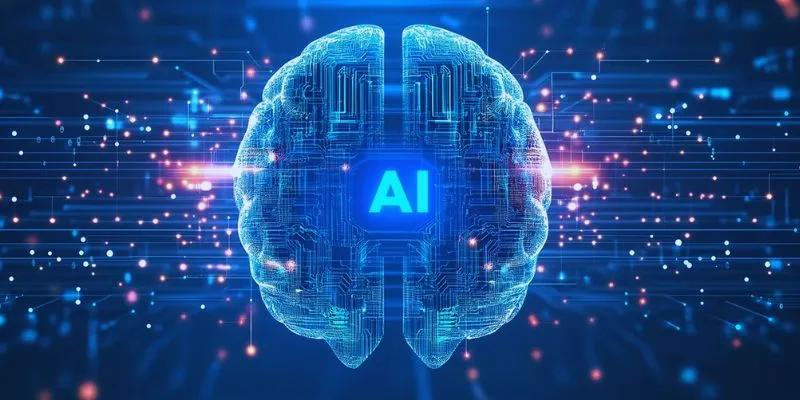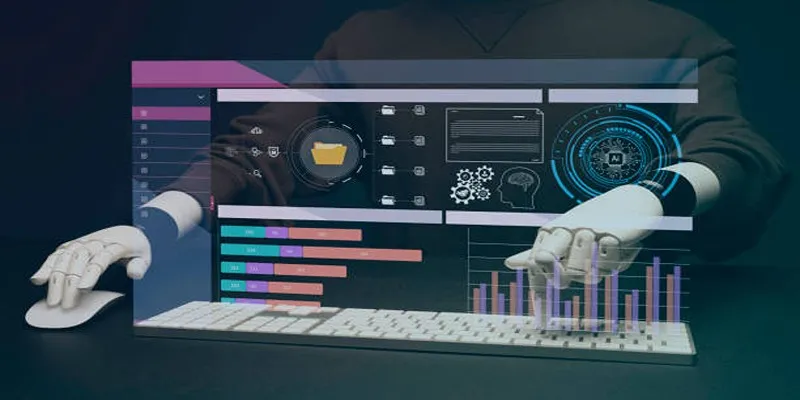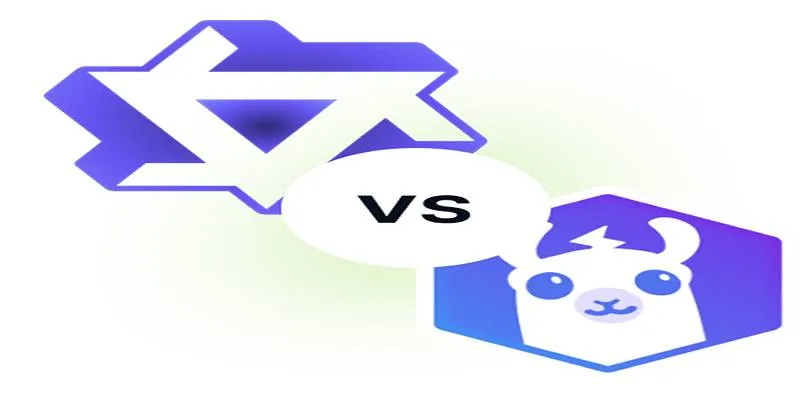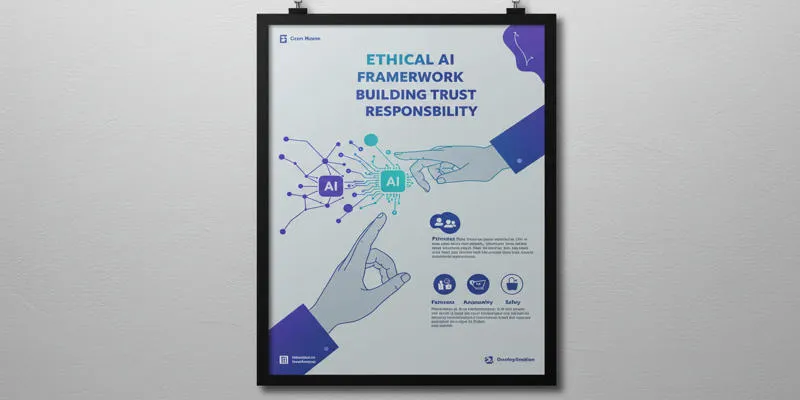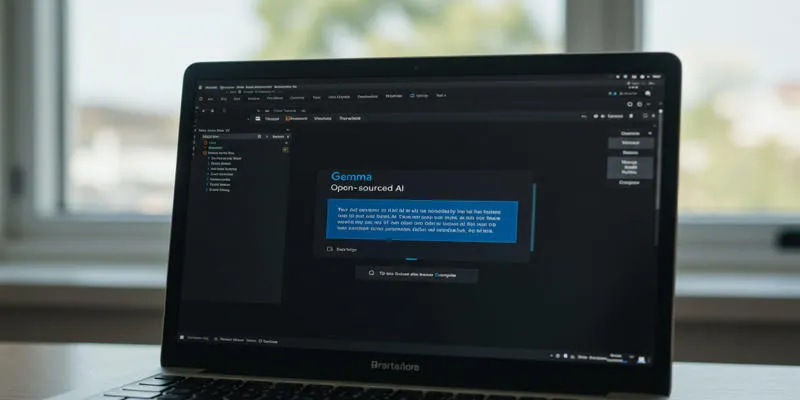Artificial intelligence (AI) is rapidly advancing, but many breakthroughs remain confined to a few organizations. Enter Idefics2—a groundbreaking model in the realm of vision-language AI. Released as an open model for the public, Idefics2 offers cutting-edge capabilities in both visual and language understanding while maintaining transparency. It’s a significant step towards providing researchers, developers, and hobbyists with the tools they need, free from the constraints of closed APIs or restricted platforms. Idefics2 not only competes with proprietary systems but also highlights the potential of open models when shared with the wider community.
What Is Idefics2 and Why Is It Important?
Idefics2 is an open-weight multimodal model that unifies text and vision tasks within a single architecture. Developed by Hugging Face, it leverages a transformer design to handle both visual and language inputs effectively. With 8 billion parameters, Idefics2 delivers robust performance across various vision-language benchmarks without requiring overwhelming hardware.
The model was trained on extensive paired image-text data from publicly available datasets, allowing it to master a wide range of capabilities—from understanding images to generating detailed descriptions and answering questions. Unlike a simple chatbot with image inputs, Idefics2 is adept at interpreting visuals and text together in a meaningful context. Whether the task involves describing complex infographics, understanding memes, or interpreting documents that combine charts and language, Idefics2 is equipped to handle it.
One of Idefics2’s standout features is its openness. Developers can download the weights, customize them for specific needs, and explore the model’s workings. This marks a departure from many commercial vision-language models, which offer only limited API access. With Idefics2, the goal extends beyond performance to include openness, usability, and control.
Architecture and Capabilities of Idefics2
At its core, Idefics2 features a two-part structure: a visual encoder and a large language model (LLM) decoder. The visual component employs a Vision Transformer (ViT) that converts images into embeddings—a numerical summary of visual features. These embeddings are then processed by the language model alongside any textual input, enabling Idefics2 to comprehend the relationship between text and visuals seamlessly.

What sets Idefics2 apart is its handling of sequences. Unlike most multimodal models that use placeholders or special tokens to switch between modes, Idefics2 adopts a cleaner method. Images are represented by fixed embeddings that integrate naturally into the input stream, eliminating the need for complex token juggling. This leads to better alignment between vision and language representations.
The model supports a variety of vision-language tasks, including image captioning, visual question answering, diagram analysis, and interpreting pages with both pictures and writing—such as magazines or technical manuals. Trained on high-quality datasets like COYO and LAION, Idefics2 avoids synthetic datasets or private data that might skew results or pose ethical concerns, making it a reliable choice for real-world testing and safe development.
Efficiency is another hallmark of Idefics2. Despite its size, it performs well on high-end consumer GPUs and scales across multiple cards for larger tasks. Utilizing Flash Attention and other memory optimizations, it offers speedy inference, making it suitable for production settings or research environments.
How Can the Community Use Idefics2?
Idefics2 is designed for more than just benchmarks and leaderboards. Its open release allows developers to integrate it into applications, modify it, or build upon it. Educational projects can leverage it to teach students about multimodal AI, while researchers can experiment with new fine-tuning techniques or explore visual reasoning without starting from scratch.
A key advantage is the ability to fine-tune the model for specific tasks. With access to the codebase and weights, teams can adapt Idefics2 to domain-specific data, such as medical imagery, satellite photos, or industrial reports. This flexibility is crucial where general-purpose models fall short due to their broad training data. The open nature also means security and bias testing are more transparent, allowing developers to test the model themselves and understand its limitations.
Idefics2 supports multiple frameworks, including PyTorch and Hugging Face’s transformers library. This compatibility ensures smoother integration for teams already utilizing these tools. Prebuilt APIs and inference scripts are available, and the model’s community is rapidly expanding, contributing valuable tips, evaluation results, and even smaller distilled versions.
Accessibility is another major advantage. Unlike many vision-language models that require expensive licenses or corporate partnerships, Idefics2 is licensed under a more permissive structure, enabling broader experimentation and product use. This opens doors for small companies, individual developers, and nonprofits to harness advanced multimodal AI without legal or financial barriers.
The Future of Open Vision-Language AI
Idefics2 heralds a shift in the sharing of advanced AI. Rather than being locked behind paywalls, models like this are designed with openness and reuse in mind. This is crucial not only for technical progress but also for ethical AI development. When tools are open, discussions about safety, bias, and reliability become more inclusive.

As developers work with Idefics2, they’ll push its boundaries, discover gaps, and enhance it. Such collective progress is challenging to achieve in closed systems. It provides students, educators, and independent researchers with a means to engage with advanced tools.
There are trade-offs, of course. Open models require responsible use, comprehensive documentation, and robust community support to avoid misuse. But the foundation is solid. With reliable performance and a community-first design, Idefics2 is more than just another large model—it’s a testament to the fact that vision-language tools can be shared fairly, studied openly, and improved upon by anyone eager to learn.
Conclusion
Idefics2 represents a paradigm shift in multimodal AI, making advanced vision-language tools open and accessible. With robust performance, a streamlined design, and public availability, it encourages genuine participation from developers, researchers, and inquisitive minds. Whether for building, learning, or exploring, Idefics2 offers practical applications—not just a demonstration. It signals a more inclusive future for AI development, where collaboration and transparency take precedence over exclusivity and control.
For more insights into AI models and their applications, explore Hugging Face’s resources or visit other articles in the technologies category.
 zfn9
zfn9
